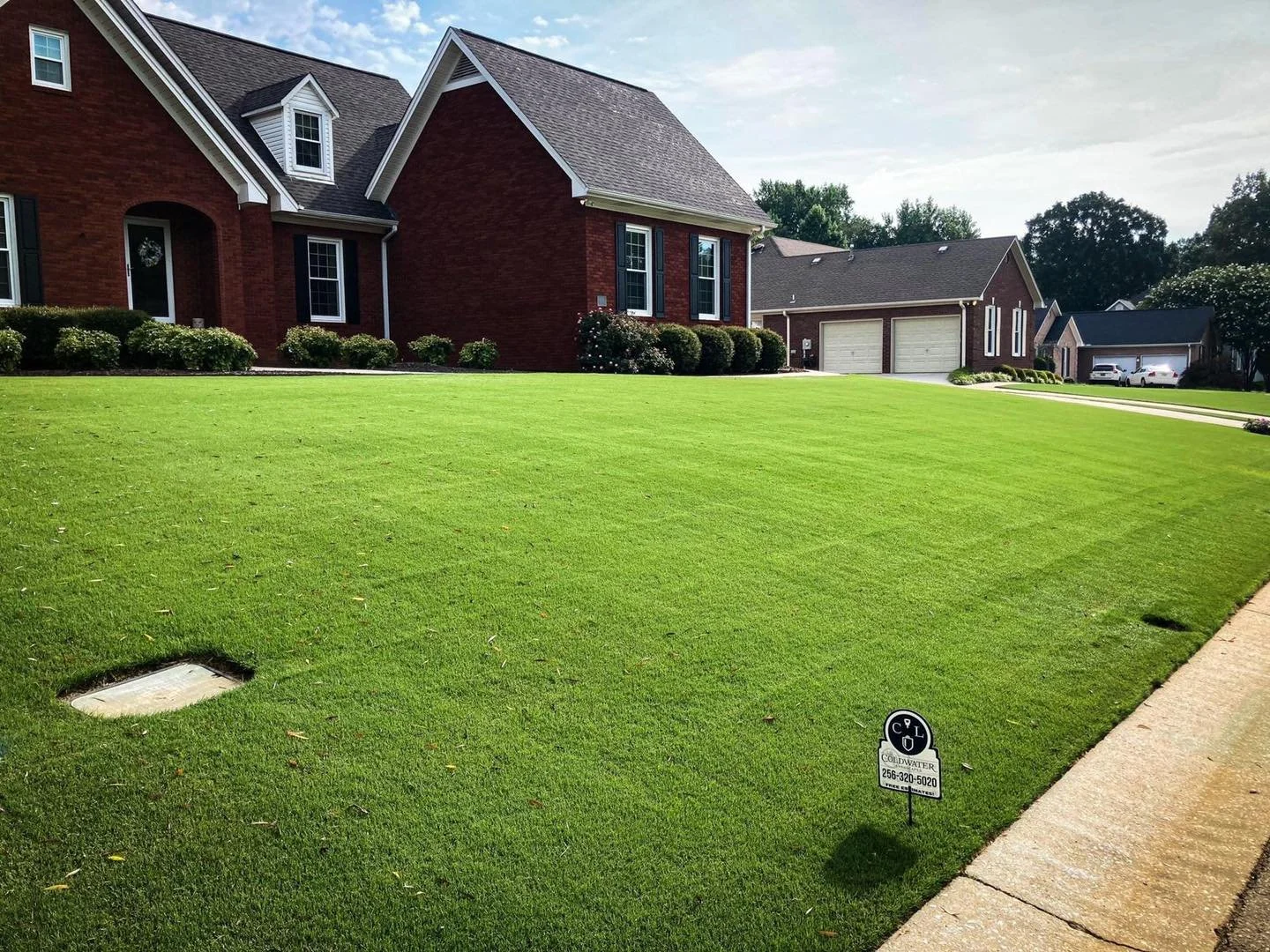Spring Fertilization: Essential Tips for a Healthy Lawn and Garden
Maintaining a healthy lawn and garden requires consistent care and attention. One of the most important aspects of this care is fertilization. Fertilizer provides essential nutrients that promote plant growth and health. Spring is a crucial time to fertilize, as it sets the foundation for a vibrant growing season. In this post, we'll discuss some essential tips for fertilizing your lawn and garden this spring.
Understanding Fertilizer
Fertilizer is a mixture of essential nutrients that plants need to grow and thrive. The three main macronutrients found in fertilizer are nitrogen, phosphorus, and potassium. Nitrogen promotes healthy foliage growth, phosphorus supports strong root development, and potassium helps plants resist stress and disease. When choosing fertilizer, look for a blend that includes all three nutrients in balanced proportions. You can find this information on the fertilizer package, which will have a series of numbers indicating the percentage of each nutrient. For example, a common fertilizer blend might be labeled 10-10-10, indicating that it contains 10% nitrogen, 10% phosphorus, and 10% potassium.
Timing Your Fertilization
Timing your fertilization is crucial to promoting healthy plant growth. Spring is the ideal time to fertilize, as it provides essential nutrients for plants just as they begin their growing season. Ideally, you should fertilize your lawn and garden when the soil temperature reaches around 55-60°F. This temperature is optimal for seed germination and nutrient uptake. Be sure to check the weather forecast before fertilizing, as heavy rain can wash away the nutrients and reduce their effectiveness.
Applying Fertilizer Correctly
Applying fertilizer correctly is essential to promoting healthy plant growth and avoiding damage to your lawn and garden. First, make sure to read the fertilizer package instructions carefully. Over-fertilization can harm plants and even contaminate nearby water sources, so it's important to apply the correct amount. Use a spreader to apply the fertilizer evenly across your lawn and garden. If you're not sure how much fertilizer to use, start with a lower rate and work your way up if necessary. Be sure to water your lawn and garden after applying fertilizer to help the nutrients reach the roots.
Maintaining a Healthy Lawn and Garden
Fertilization is just one aspect of maintaining a healthy lawn and garden. Other factors, such as proper watering, mowing, and pest control, also play a crucial role. Water your lawn and garden deeply and infrequently, rather than giving them shallow, frequent waterings. Mow your lawn to a height of around 2-3 inches, and leave the clippings on the lawn to provide natural fertilizer. It is important to regularly monitor your lawn and garden for signs of pests and diseases and take immediate action to address any issues that arise.
Maintaining a healthy lawn and garden requires several crucial elements, with fertilization being a fundamental one. By understanding the basics of fertilizer, timing your fertilization correctly, applying it correctly, and maintaining other aspects of lawn and garden care, you can promote healthy plant growth and enjoy a vibrant growing season. Don't forget to check the weather forecast and read the fertilizer package instructions carefully before fertilizing. With a little care and attention, your lawn and garden can thrive this spring!

